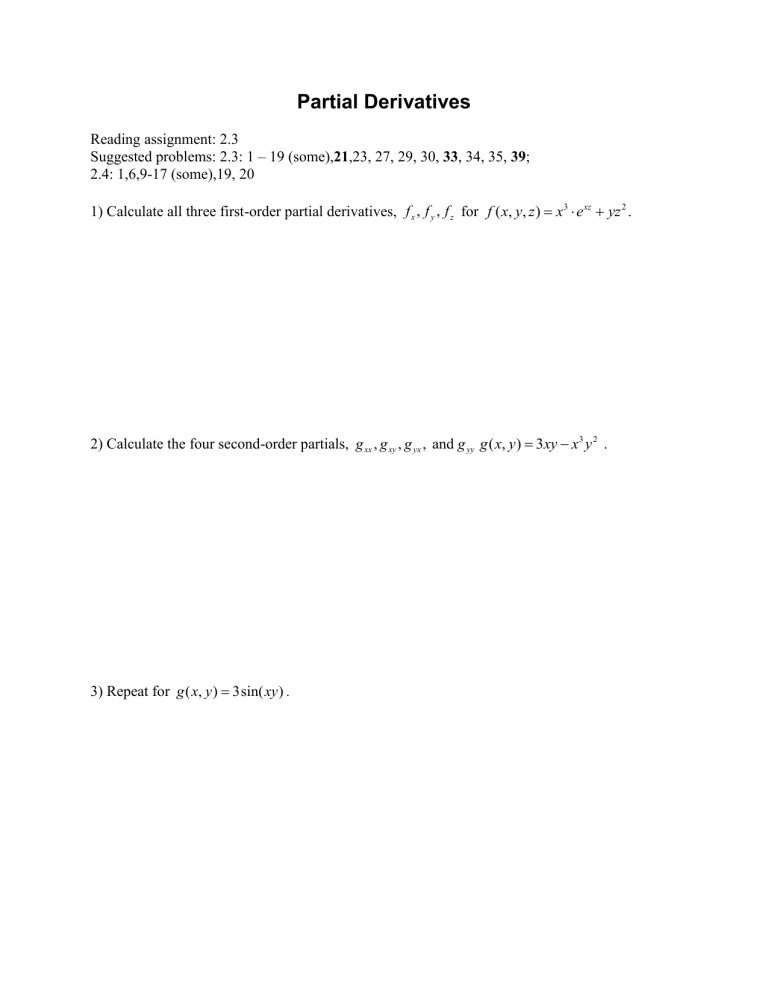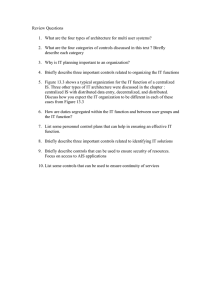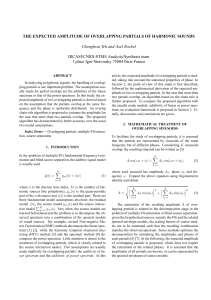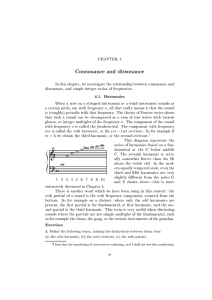HW #8 - Partial Derivatives

Reading assignment: 2.3
Partial Derivatives
Suggested problems: 2.3: 1 – 19 (some), 21 ,23, 27, 29, 30, 33 , 34, 35, 39 ;
2.4: 1,6,9-17 (some),19, 20
1) Calculate all three first-order partial derivatives, f x
, f y
, f z
for f x y z
3 xz yz
2
.
2) Calculate the four second-order partials, g xx
, g xy
, g yx
, and g yy g x y
3 xy
x y 2 .
3) Repeat for ( , )
3sin( xy ) .
4) What did you notice about the "mixed" partials, g xy
and g yx
in these two cases?
5) Let ( , )
xy
2
h
. Express
h x and y in polar coordinates: x = r cos(
), y = r sin(
).
Calculate
r
and
6) Find the gradient of each function: a. ( , )
xy e xy b.
xy
2 x y z
7) Use the level curves for the function z
( , ) shown below to estimate f x
(1,1) and (1,1).
3
2
1
0
1
2
3
4
8) Find the most general function p
2
. f :
9) Is
2 such that x
2 y
2
differentiable at (0,0)? Justify.
( )
p for each
10). Let
3 xy . a.
Is g continuous at (0,0)? b.
Calculate
g
x
and
g
y
when xy
0 . c.
Show that g x
(0, 0) and g y
(0, 0) exist and find their values. d.
Are
g
x
and
g
y continuous at (0,0)? Explain briefly. e.
Does the graph of g have a tangent plane at (0,0)? Explain briefly. f.
Is g differentiable at (0,0)? Explain briefly.




